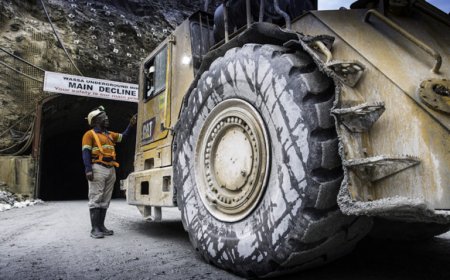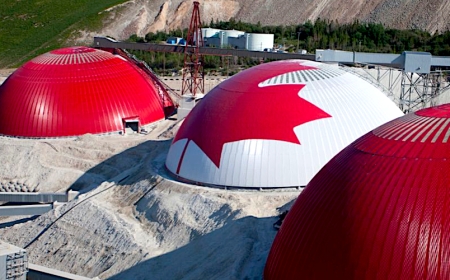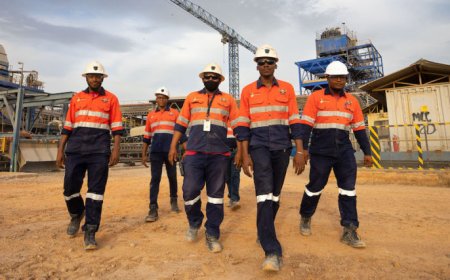Gold Fields to make decision on Ghana mine by early 2024
Gold Fields (NYSE: GFI; JSE: GFI) plans to make a decision within the next four months on whether to keep or sell its Asanko gold mine (AGM) in Ghana.


The South African bullion producer on Wednesday said it’s weighing “all options” for the mine, including a total divestiture or a move to increase its ownership, interim chief executive Martin Preece told Bloomberg.
Gold Fields and Canada’s Galiano Gold (TSX: GAU) formed a joint venture in 2018 to run the asset, which churned out 170,342 ounces of gold last year. Production at Asanko is expected to fall to 120,000 to 130,000 ounces this year, though Galiano, the mine’s operator, is ready to roll out a new mine plan.
As described in a 2023 feasibility study, Asanko’s productive life can be extended by 8.5 years, with annual gold production forecast to double from the 2023 guidance of 100,000-120,000 oz. to 250,000 oz. per year from 2025.

AGM is a multi-deposit complex, with four main open-pit mining areas – Abore, Miradani North, Nkran and Esaase – plus multiple satellite deposits along the Asankrangwa gold belt, and a 5-million-tonne-per-year carbon-in-leach processing plant.
The mine complex is the smallest asset Gold Fields has in Ghana. In March, the company reached a deal with AngloGold Ashanti to combine their neighbouring Tarkwa and Iduapriem mines in the country, which will create Africa’s biggest gold mine.
Gold Fields and AngloGold would own 60% and 30% of the joint operation, respectively, with the Ghanaian government holding 10%
The joint venture would produce an average 900,000 oz. annually over the first five years and 600,000 ounces over its estimated 18-year life of the mine, the companies said at the time.
Gold Fields, like its rival AngloGold Ashanti, has shifted focus from the home country to more profitable mines in Ghana, Australia and the Americas region.
While the gold miner founded by Cecil John Rhodes in 1887 still runs South Deep operation in South Africa, mining in the country has become more difficult due to the geological challenges of extracting gold from the world’s deepest deposits.



















